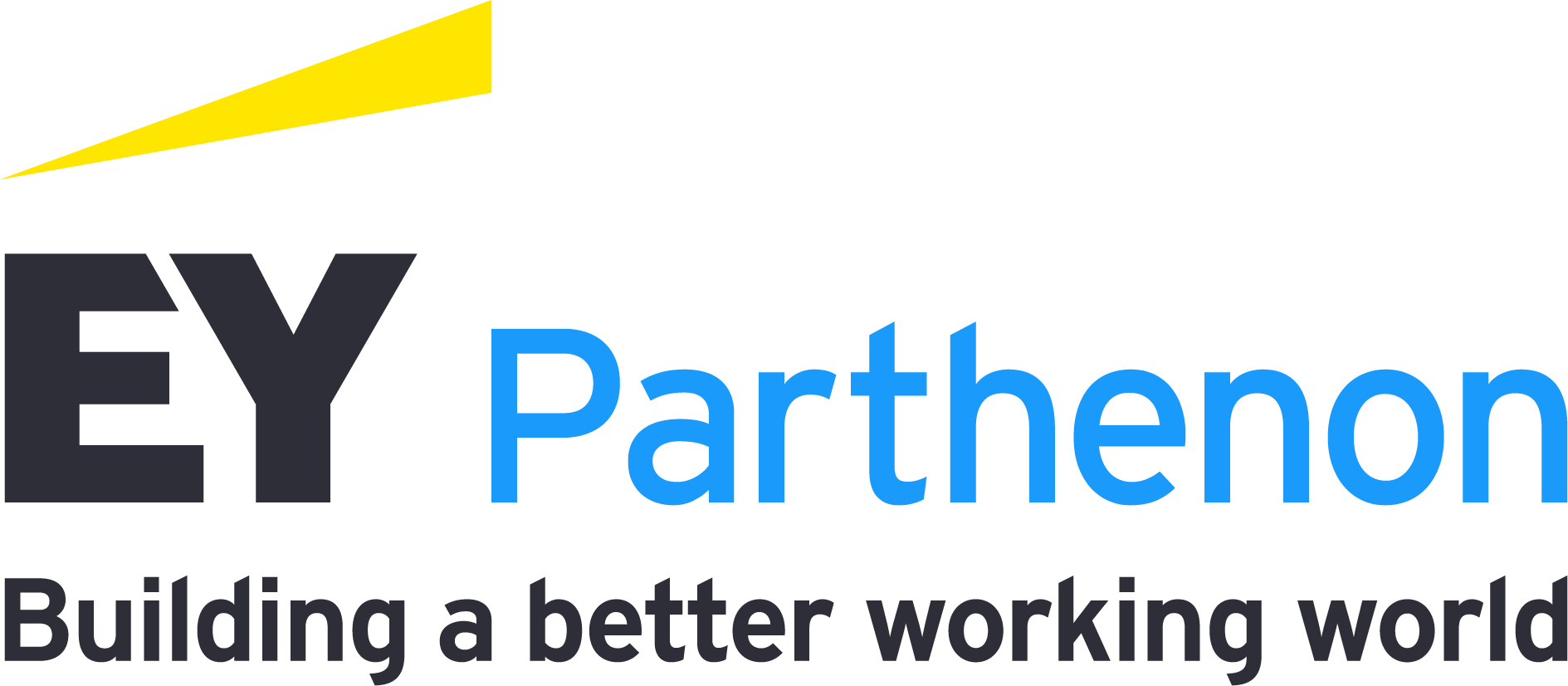Nish: There has been a significant shift in consumer preference for online shopping, including buying healthy, natural or locally sourced products. This has led CPG companies desperate for growth to realign their brand portfolios to quickly adapt to new consumer preferences. CPG companies will probably use an economic downturn to restructure their businesses and portfolios more so than in prior downturns due to this rapid shift in consumer preferences. PE investors, with access to capital and the willingness to invest in carve-out businesses, are well positioned to create long-term value because of attractive multiples on CPG assets.
Where are there consumer packaged goods value creation opportunities for private equity?
Nish: Private equity investors may need to hold portfolio companies for longer given the current economic environment. They need a new set of levers to create value and transform a business, and they can grow CPG businesses with digital commercialization, monetization of customer data and supply chain reinvention. These areas can generate significant value. PE investors that are working with carve-out businesses also can move to more agile business models vs. rebuilding services that were provided through the seller.
Brett: What I am seeing is PE operating partners developing playbooks to weather the downturn. They are aligning with the deal teams on expected financial performance and the impact on debt covenants to prioritize areas of focus. Then, these investors are assessing how to align cost structures to various economic scenarios, preferably with limited investment and/or accelerated return.
For example, CPG businesses are leveraging third parties for merchandising products or manufacturing and distributing them to support a differentiated operating model while limiting cash outflow. I am also seeing more innovative collaborations to reduce product development costs and reach a differentiated market to save on marketing expenses.
What are PE investors missing when they look at consumer packaged goods carve-outs?
Nish: During diligence, PE buyers typically focus on financial, tax and market growth opportunities. We are also seeing significant competitive bidding for high-value assets in the CPG space. We believe that understanding potential operational value creation levers up front, during due diligence, can provide an edge in positioning for a better deal valuation negotiation in a competitive bid situation and in aligning buy-in from key stakeholders regarding the post-close transformation agenda. Additionally, having clarity around separation complexities during carve-outs, including cultural or operational model differences during integration, is critical to growth plans. The go-to-market business model is one of the biggest areas where we see PE investors underestimating CPG carve-out complexities, and this could constrain the growth agenda if not aligned with market reach.
Brett: Carve-out planning begins during diligence, which offers the time necessary to understand the complexities in standing up key functionalities that safeguard the impact on the customer, establish financial controls and provide continuity to the supply chain transit. To drive additional visibility in key business operations, clean teams should be requested early in the process and particularly where highly entangled operations with the parent will drive complex transaction service agreements (TSAs). In CPG carve-outs, the impact on route-to-market functions can include establishing new distributor relationships or standing up in-house operations — a year-long process.
How does sustainability fit into CPG value creation for PE buyers?
Brett: There is a shift from years past. CPG companies project the values their consumers hold. As such, companies have embraced sustainability measures, from creating environmentally friendly packaging, to creating recyclable product offerings and offsetting the carbon impact for their delivery. I’ve seen clients leverage sustainability principles to shift consumers’ perception that premium products require premium packaging. Likewise, we are seeing company recycling programs drive additional brand loyalty and repeat sales.
Nish: Sustainability efforts in the supply chain can drive more efficiency and help to achieve cost optimization. In addition, tax incentives and greater access to capital are available to companies that pursue a more sustainable carbon footprint. There are many levers private equity investors can use to create financial value through sustainability lens, including premium pricing.
How are you advising CPG companies in private equity portfolios regarding cost cutting and managing working capital?
Nish: Most CPG companies facing challenges tend to focus on cost reduction; however, we suggest they take an opportunity to reimagine their business operating model across all categories. This will enable them, coming out of any potential downturn, to be better positioned against their competitors and help gain market share. We are increasingly seeing our conversations with key clients moving toward digitizing for the future. They are focused on core capabilities and leveraging process automation, outsourcing and offshoring, and asset-light approaches.
Brett: Supply chain shortages, volatile demand and inventory challenges resulting from pandemic overbuying are leading to cash challenges. As growth has slowed, consumer packaged goods companies are having to find creative ways to sell in new channels and geographies, and to new customers. Further complicating cash balances, retailers want more flexible payment terms. CPG portfolio companies can generate cash through working capital strategies, including restructuring payment terms with suppliers.







